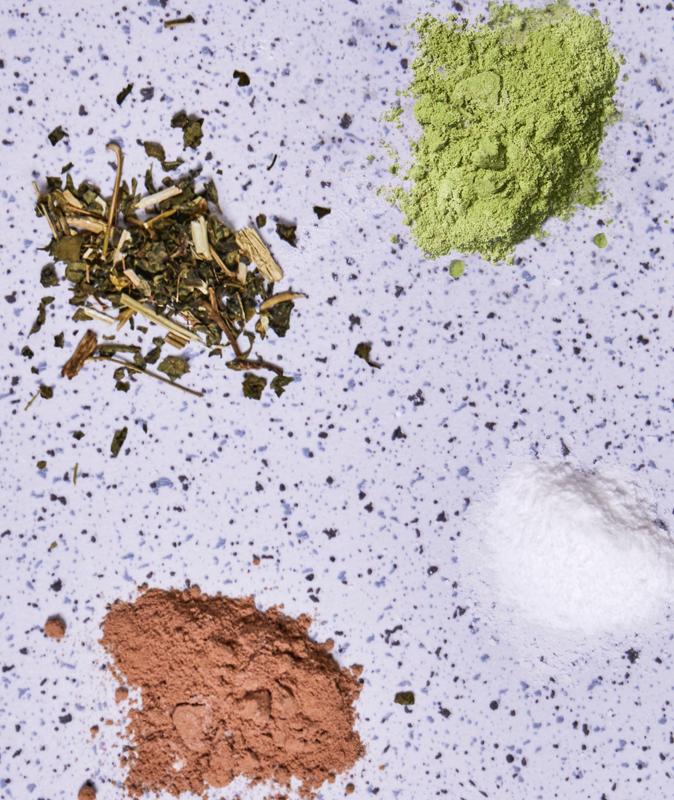
Chamomile is familiar to most as a calming tea that many incorporate into their daily lives. Although this plant has many applications, it is most commonly used as a sleep aid or as a stomach soother. Here we will dive in to understand more about the history and science behind Chamomile.
The History
Chamomile is historically a well-used herb, even dating back to the ancient Egyptians and Romans, who are believed to have used the plant as a remedy for stomach aches, hay fever, inflammation, muscle spasms, and insomnia, among others. The name comes from the Greek word “khamai” which means both “on the ground” and “apple” — this naming likely comes from the fact that the chamomile flowers smell (and look) like apple blossoms, however they grow on the ground instead of in a tree. There are two different types of chamomile flowers — Roman and German and each species has some different properties. Most research on chamomile has been done with German chamomile.

The Science & Benefits
Chamomile has many chemical components that interact in order to help your body feel better.
It contains a phytochemical called apigenin which has a number of health-promoting benefits, including promoting healthy cytokine balance. Cytokines are chemical messengers released by the immune system to communicate with cells and coordinate immune responses. It has been shown that “keeping a delicate balance in the immune system by eliminating invading pathogens [...] is critical for the body’s health”. The gut microbiota that reside in the gastrointestinal tract provides essential health benefits to its host, particularly by regulating immune homeostasis.
Chamomile is also antispasmodic, affecting the muscles of the intestine and promoting digestive comfort, and well as promoting healthy mood, which is known to affect digestion. In clinical studies, chamomile has shown support for relaxation and a healthy mood.
The flowers of chamomile contain 1–2% volatile oils including alpha-bisabolol, alpha-bisabolol oxides A & B, and matricin (usually converted to chamazulene and other flavonoids which possess anti-inflammatory and antiphlogistic properties).
The sedative effects from the herb may be due to the flavonoid apigenin that binds to benzodiazepine receptors in the brain.
In summary, Chamomile relieves gas and occasional heartburn by sedating and soothing the mucous membrane of the digestive tract, while the natural sedative properties can also help relax the body, which helps digestion as sometimes discomfort is caused by stress.
So keep stocking up on that tea, and try some other formats as well if these are issues that you deal with!
This information is for educational purposes only and should not be taken as medical advice. Please consult a physician before treating any disorder.



